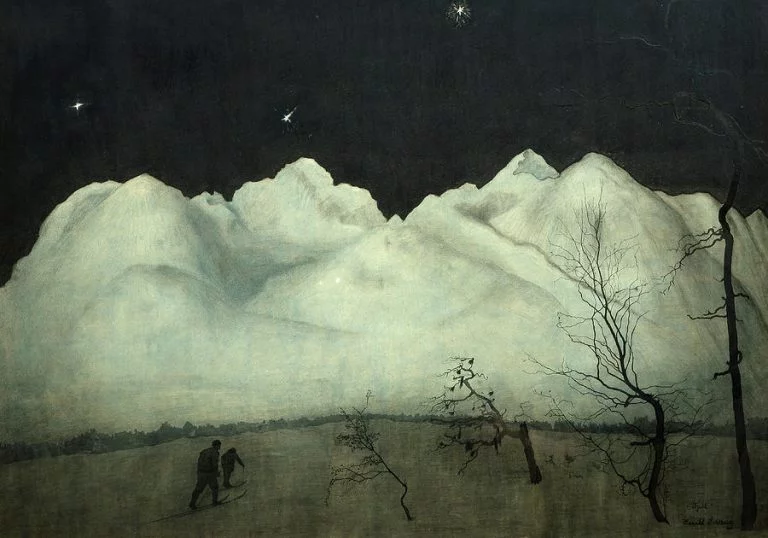
Harald Sohlberg, Winter Night in the Mountains, 1901. Pixels.
Harald Sohlberg was a Norwegian painter whose works can be described as Neo-Romantic. He is particularly known for his depictions of the mountains of Rondane and the town of Røros. Perhaps his most widely recognized painting, in several variations, is Winter’s Night in Rondane, currently featured at the National Museum of Art, Architecture and Design in Oslo, Norway. Unfortunately, Sohlberg’s work remains fairly unknown internationally, although many of his significant paintings are in Norwegian public collections.
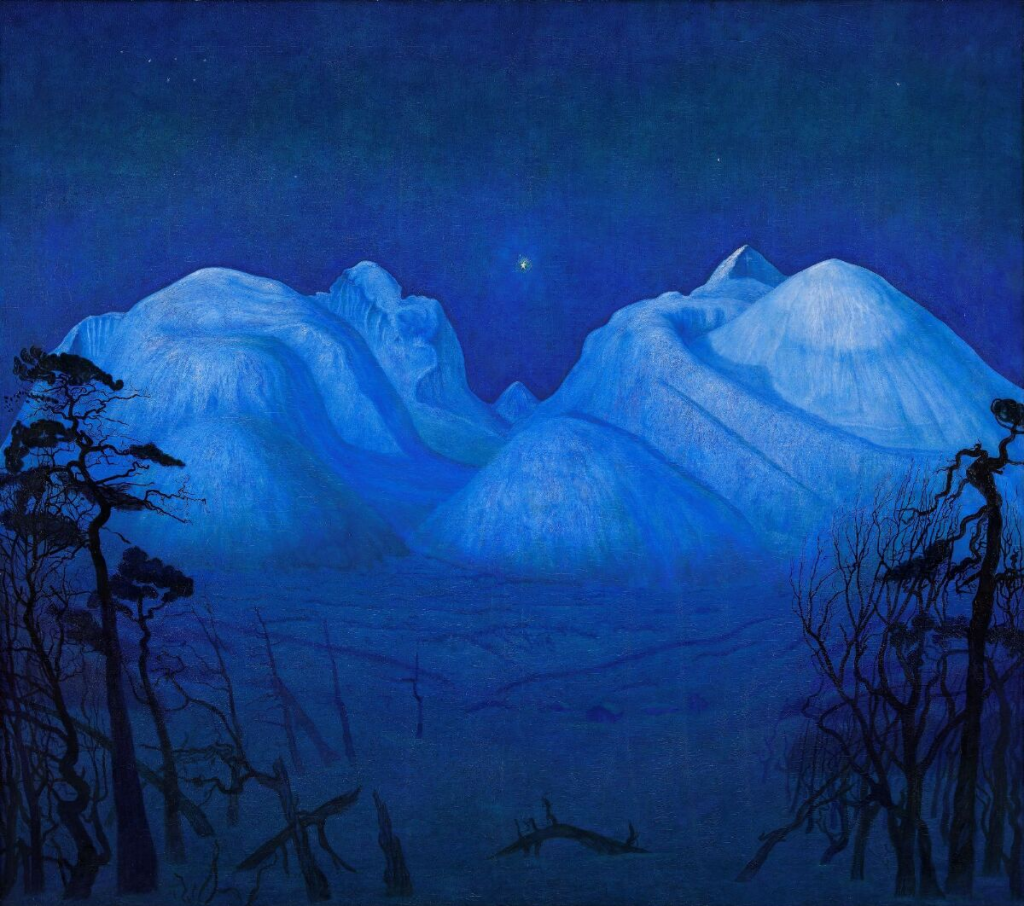
Harald Sohlberg, Winter’s Night in Rondane, 1914, National Museum of Art, Architecture and Design, Oslo, Norway.
Harald Sohlberg (1869–1935) came from a large, middle-class family with eight children. He did not finish school and instead apprenticed with a decorative painter from age 16. He was very committed to the Romantic idea of the artist as a solitary genius and tended to isolate himself for large periods of time and devote himself entirely to his paintings. Just like his fellow Norwegian painter, Edvard Munch, he denied the influence of other contemporary artists on his own style. He relegated the origins of his artistic inspirations to his own psyche.
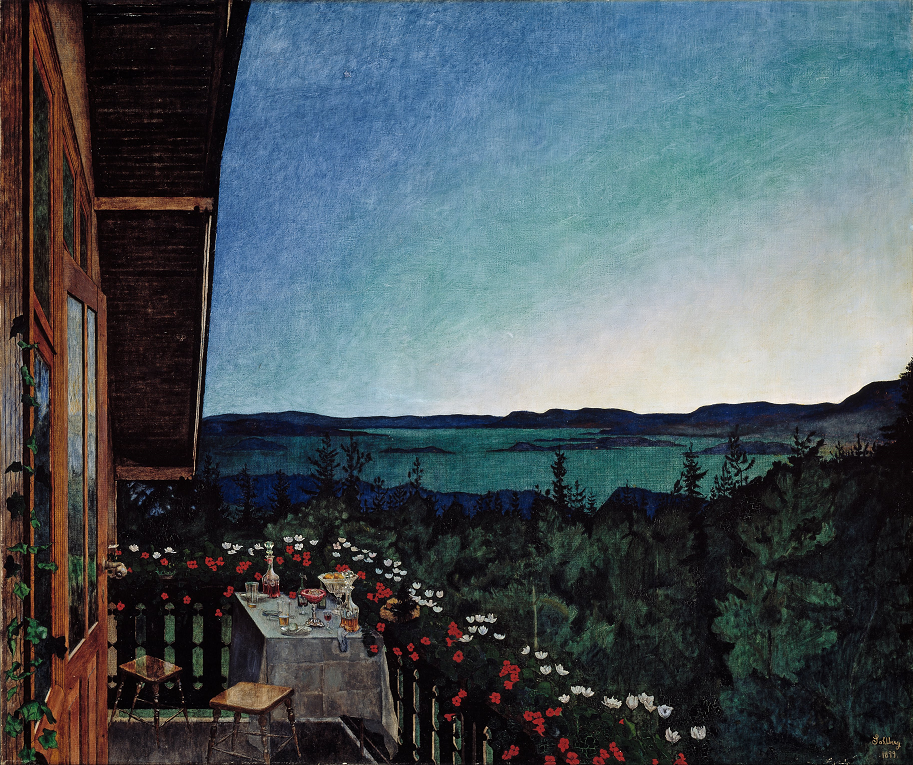
Harald Sohlberg, Summer Night, 1899, National Museum of Art, Architecture and Design, Oslo, Norway.
After Sohlberg’s death, Pola Gauguin, another Scandinavian artist and one of Paul Gauguin‘s youngest children, wrote in his obituary that the man lived alone and was later forgotten, but not for long:
“A name which was famous in its day. […] The coldness which he helped surround it with, will thaw.”
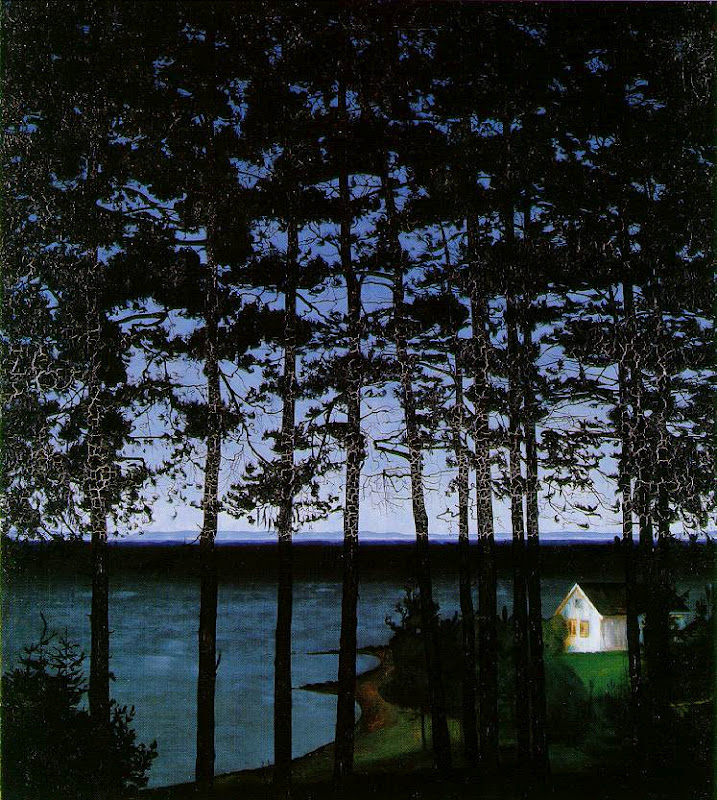
Harald Sohlberg, Fisherman’s Cottage, 1906, Art Institute of Chicago, Chicago, IL, USA.
The function of lines in Sohlberg’s paintings was to express feelings. They could be lonely, down-to-earth, or melancholic. According to the artist, art should be developed in accordance with nature, an artist’s dialogue with it.
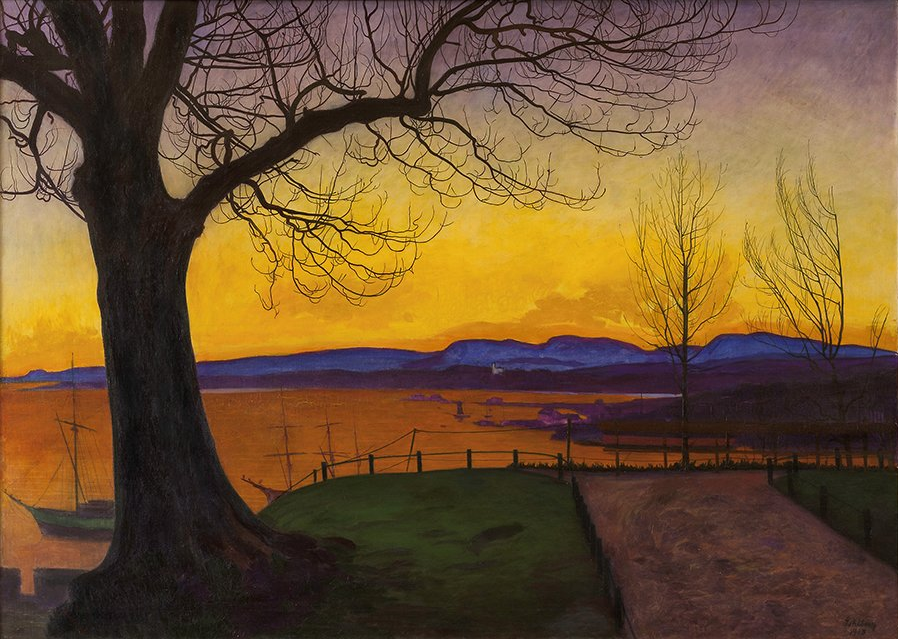
Harald Sohlberg, Spring Evening by the Akershus Fortress, Oslo, c. 1900. WikiArt.
As an old man, Sohlberg said:
“It is probably true that for simple and naïve reasons my works have aroused sympathy. But I maintain that they have by no means been properly understood for the pictorial and spiritual values on which I have been working consistently throughout the years.”
What Sohlberg really longed for was a true understanding of his art that was pictorial, spiritual, and consistent.
Source: Daily Art Magazine







